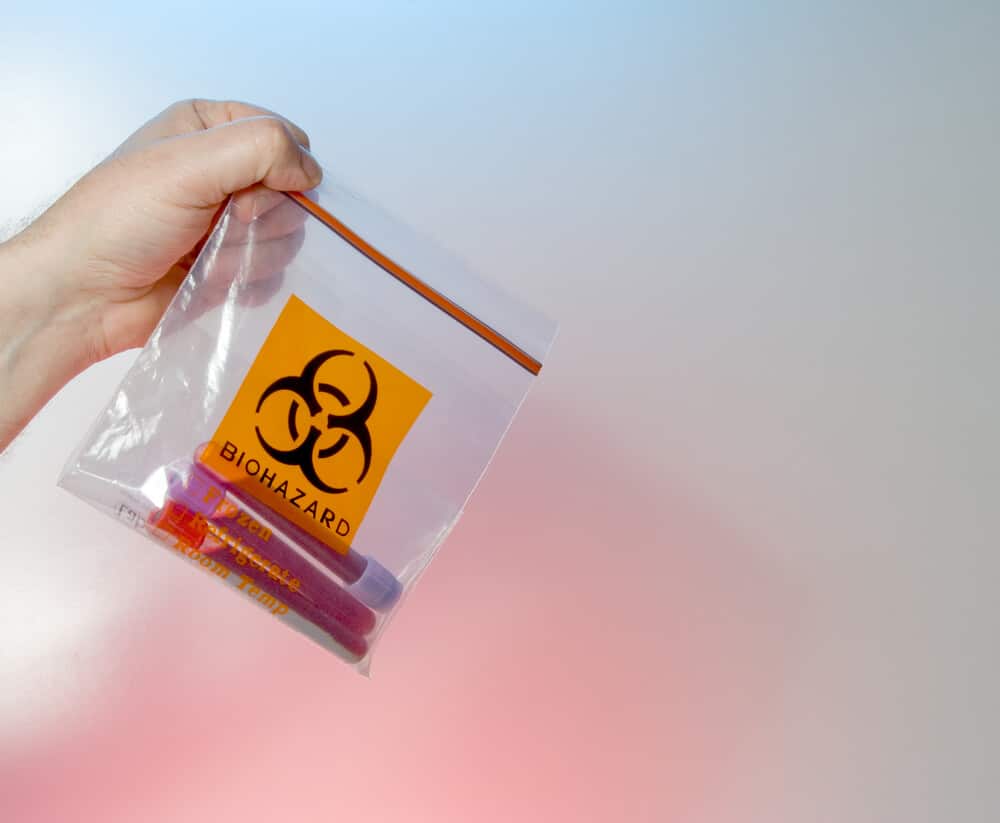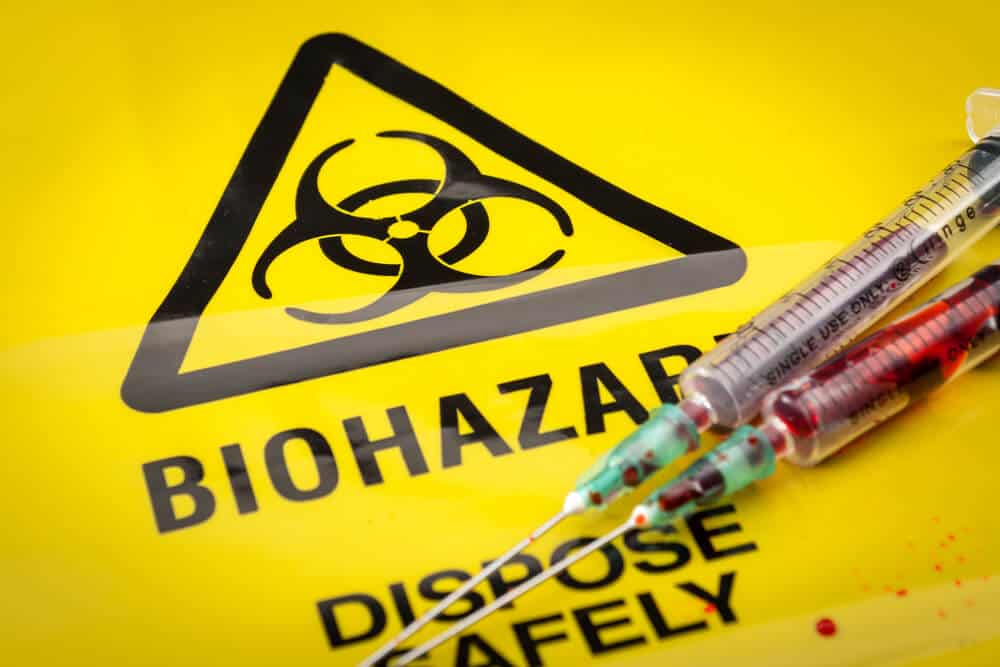Dealing with a situation that involves blood is never easy, and it can often be emotionally and physically challenging. However, it’s essential to understand that cleaning up blood requires a level of expertise and precautions that go beyond conventional cleaning methods. This article aims to elucidate Scene Clean’s meticulous process for biohazard cleanup involving blood, ensuring the safety and well-being of everyone involved.
Evaluation

When called upon for a biohazard cleanup involving blood, the first thing our team does is evaluate the scene. We meet with the available team or representatives on-site to assess the situation comprehensively. This initial evaluation enables us to identify the extent of contamination and the resources we will need to accomplish the task effectively and safely.
Zoning: Cold, Warm, and Hot Zones
After the initial assessment, we set up different zones to facilitate the cleanup process:
- Cold Zone: This is the safe area where no biohazard materials are present. It acts as a buffer zone between the contaminated area and the outside world.
- Warm Zone: This zone acts as a transition area where we place protective plastic sheeting on the floor. All of our equipment is kept here, ready to be deployed into the Hot Zone.
- Hot Zone: This is the area where the actual biohazard, such as blood, is located. Special care and protocols are followed when entering and working in this zone to ensure the safety of our staff and to prevent cross-contamination.
Cleanup
Identifying Blood Origin
Understanding the source or cause of the blood spill helps tailor our approach to the cleanup process. For instance, blood from a stab wound might be more localized, requiring attention to walls and immediate surroundings. On the other hand, gunshot wounds can result in blood splatter on walls, floors, and even ceilings.
Detailed Cleaning Procedures
Our cleaning protocols vary depending on the origin of the blood and the surrounding circumstances. However, the focus remains the same: thorough cleaning, sanitizing, and restoring the area to a safe state.
- Initial Cleanup: This involves removing visible signs of blood and other biohazardous materials using specialized cleaning agents that are both effective and safe.
- Sanitization: After the visible traces have been removed, we sanitize the area to eliminate any residual bacteria, viruses, or other pathogens that may pose health risks.
- Final Inspection and Testing: Before declaring the Hot Zone as safe and transitioning it back to a normal state, we perform stringent tests to ensure that all biohazardous materials have been effectively eradicated.
Compliance and Safety
Working with biohazards like blood involves strict compliance with regulations set by health authorities and governing bodies. Our team is trained in line with OSHA standards, and we adhere to all local, state, and federal guidelines during the cleanup process. Safety gear like hazmat suits, gloves, and respirators are mandatory for our team members when performing any biohazard cleanup, especially when it involves blood.
Conclusion

The process for blood biohazard cleanup is comprehensive and requires a specialized skill set, along with stringent adherence to safety protocols. From the initial evaluation and zoning to the final sanitization and compliance checks, Scene Clean’s approach is thorough, adapting to the unique challenges each situation presents. Our ultimate goal is to restore the affected area to a safe state, ensuring peace of mind for all involved. Contact Scene Clean today to learn more about our blood biohazard cleanup process.






